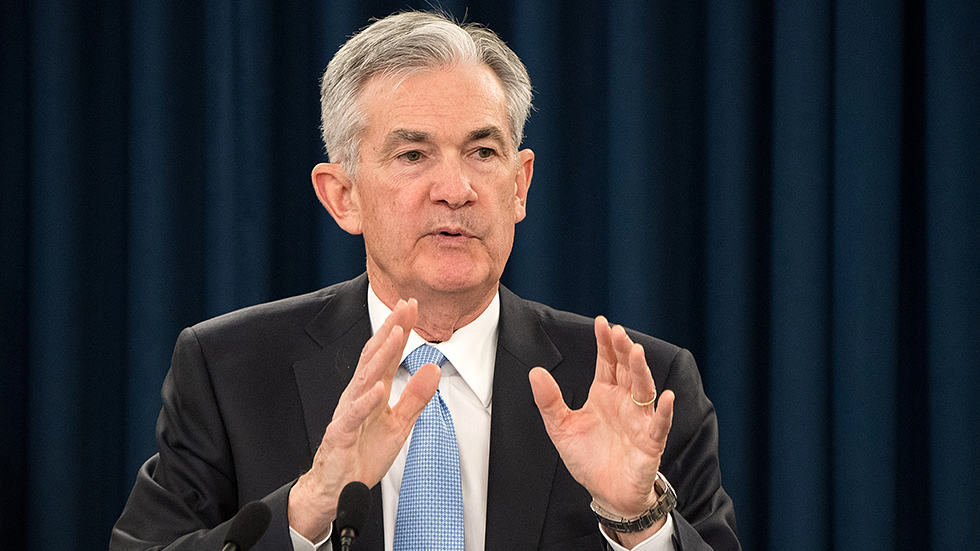
Cooling inflation and a recent stock market surge have delivered a welcome comeback for many retirement savings accounts.
Toss in the 8.7% increase in the Social Security cost-of-living adjustment (COLA) in January for beneficiaries’ monthly checks, and the retirement landscape for retirees perked up in 2023.
What’s changing for retirement in the coming year? Spoiler alert: Inflation adjustments and the phase-in of the retirement law Secure 2.0, signed by President Joe Biden at the end of 2022, will have major ramifications.
Here’s a snapshot of what’s ahead for retirees in 2024.
Potential tax bill on Social Security benefits
A potentially new concern for retirees’ budgets when tax time for 2023 rolls around in April: taxes.
“Because Social Security recipients received a high COLA of 8.7% in 2023, we expect more beneficiaries to become liable for federal income taxes on their Social Security benefits for the first time in the upcoming 2024 tax season,” Mary Johnson, a Social Security and Medicare policy analyst for The Senior Citizens League, told Yahoo Finance.
About 40% of people who get Social Security must pay federal income taxes on their benefits, according to the Social Security Administration. If you file a federal tax return as an “individual” and your combined income from all sources, including your Social Security benefit, is between $25,000 and $34,000, you may have to pay income tax on up to 50% of your benefits. If your income exceeds more than $34,000, up to 85% of your benefits may be taxable.
For joint filers, if you and your spouse have a combined income between $32,000 and $44,000, you may have to pay income tax on up to 50% of your benefits; if it’s more than $44,000, up to 85% of your benefits may be taxable.
Changes to retirement account rules
If you’re sitting on unused funds in 529 education accounts, take heart. Starting in 2024, you can roll those savings over tax-free to a Roth IRA.
There are restrictions, of course. For instance, there’s a $35,000 lifetime cap, and rollover amounts cannot exceed the annual contribution limit for Roth IRAs. So, if you are under 50 and have $35,000 in unused 529 assets, you could roll over $7,000 per year (this contribution limit may change annually) over a five-year period. And the 529 account must have been open for more than 15 years.
For 2024 and later years, designated Roth accounts in a 401(k) or 403(b) plan are no longer subject to required minimum distributions — the minimum amounts you must withdraw from your retirement accounts each year when you’re 73 or older.
Generally speaking, if you participate in an employer-provided retirement plan, you can delay taking your RMD until the year you retire. Roth IRAs do not require withdrawals until after the owner’s death.
Moderate Social Security increase
Retirees will receive a 3.2% Social Security cost-of-living adjustment. That will juice the average retirement benefit by $59 a month, from $1,848 to $1,907, starting in January, according to the Social Security Administration (SSA).
The adjustment will provide some relief to the more than 70 million retired senior citizens and disabled workers, but it may not be enough to assuage retirees’ ongoing budget concerns.
“Many retirees will probably be underwhelmed,”Johnson said. “In our latest survey, more than two-thirds of older adults say their monthly budget for essential items such as housing, food, and prescription drugs is 10% higher than one year ago.”
Higher Medicare expenses
Higher costs for Medicare may use up a chunk of that COLA bump. The standard monthly Part B rate is rising from $164.90 to $174.70, snipping about $10 a month off the COLA gain. The annual deductible for all Medicare Part B beneficiaries will be $240 in 2024, an increase of $14 from $226 in 2023.
People with traditional Medicare generally pay a monthly premium for physician coverage, Part B, and for prescription drug coverage, Part D. Those premiums vary by plan. Some people pay a monthly premium for inpatient hospital coverage, Part A.
Many retirees will also face higher Medicare Part D prescription drug premiums in 2024. Overall, average monthly premiums for Part D will be “substantially higher” in 2024, according to an analysis by KFF, a nonprofit provider of health policy research. The national average monthly Part D premium is projected to increase 21% in 2024 to $48, up 21% from $40 in 2023, according to KFF.
Beginning next year, under the new law, the Inflation Reduction Act, no more than a 6% annual jump in Part D “base” premiums is permitted. That said, insurers have plenty of wiggle room to adjust premiums, co-pays, and deductibles that consumers actually pay.
Higher-income folks will pay even more. If you earn more than $103,000 as an individual or more than $206,000 if you’re a joint filer, you’ll pay an extra amount ranging from $12.90 to $81.00 per month in 2024, up from $12.20 to $76.40 for your Part D coverage aside from your premium. Most people have that extra charge taken from their Social Security check.
One welcome change: Inflation cooled in November on an annual basis. For plenty of retirees, when it comes to their budgets, every little bit helps.























